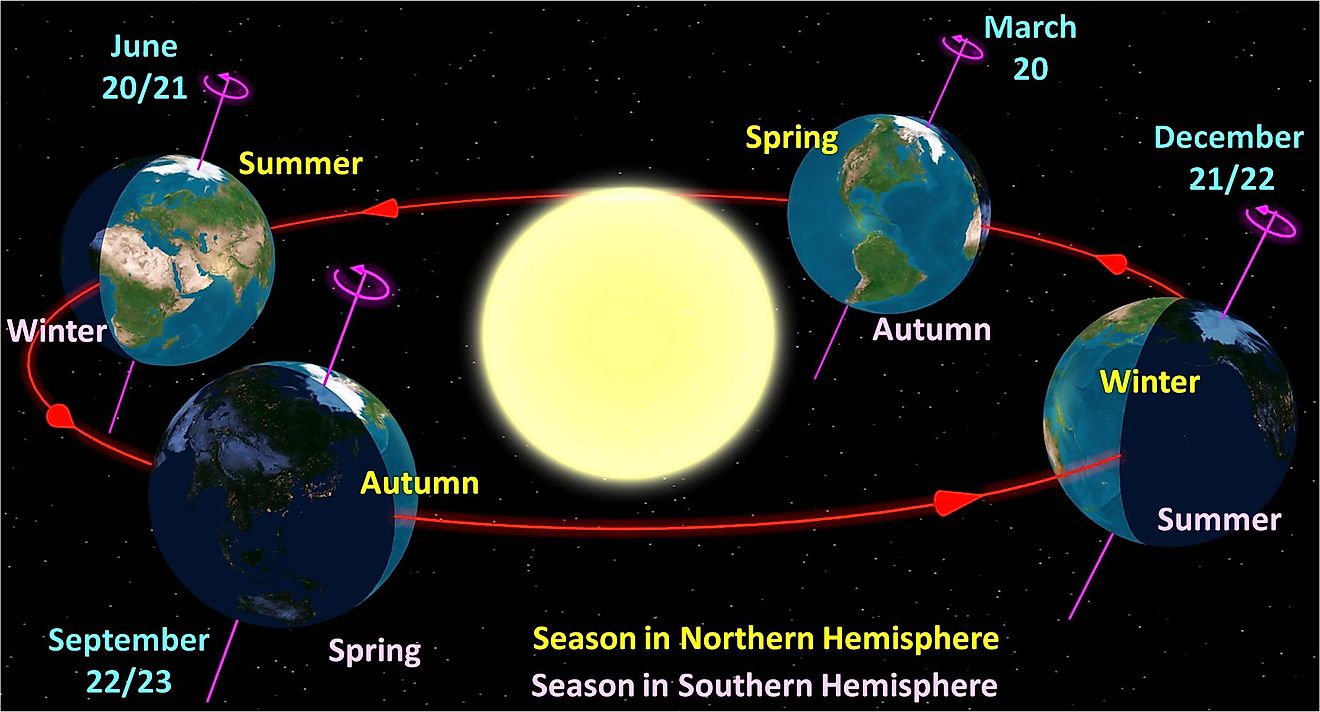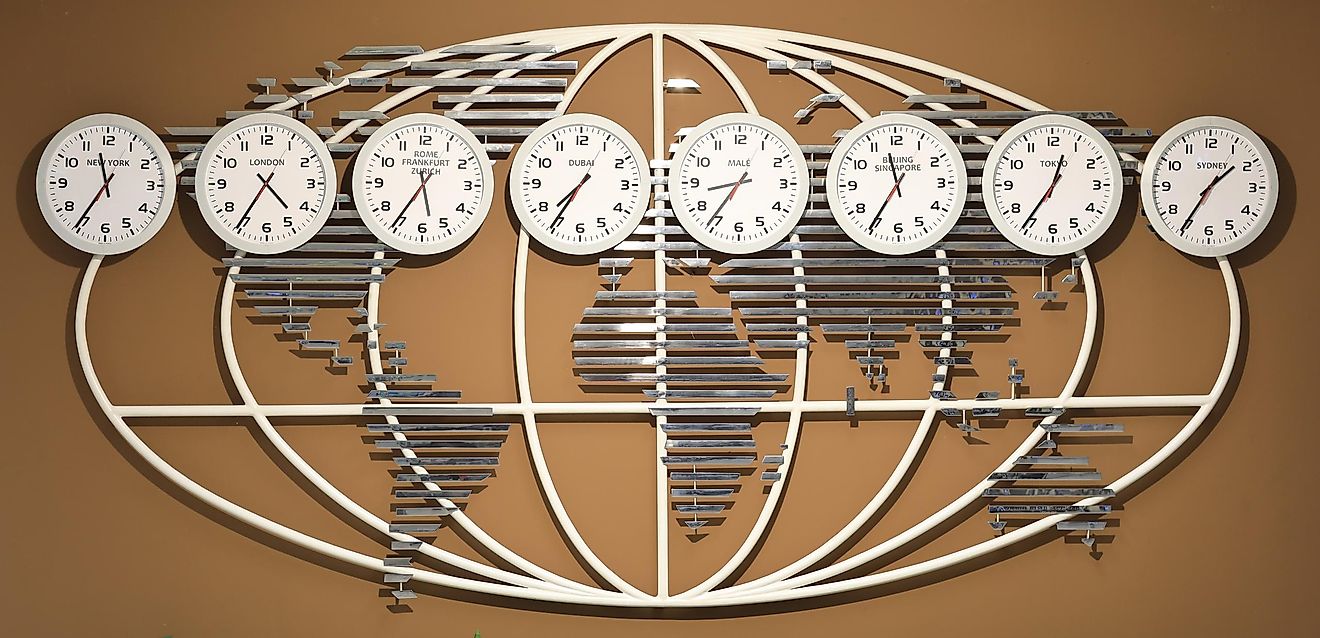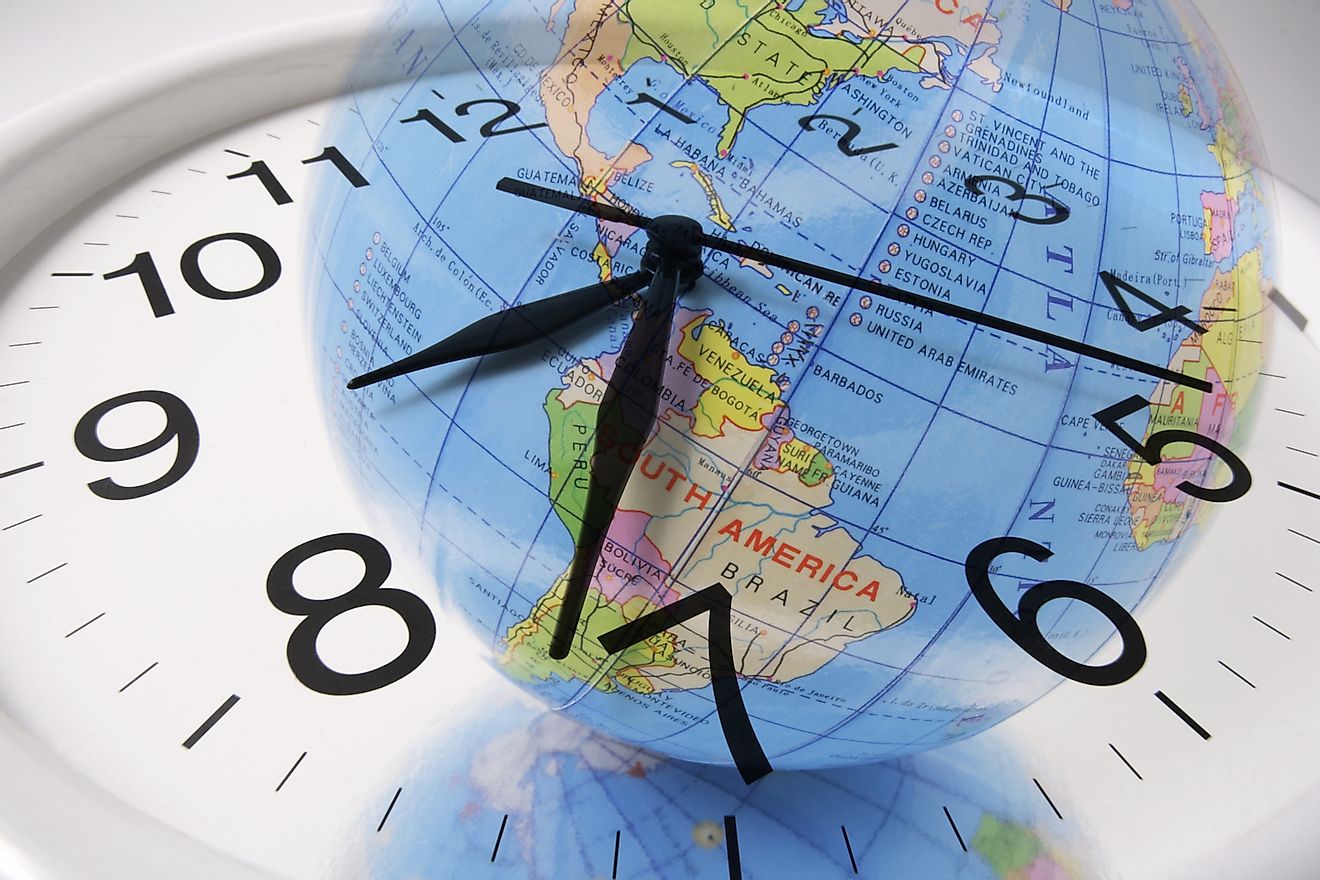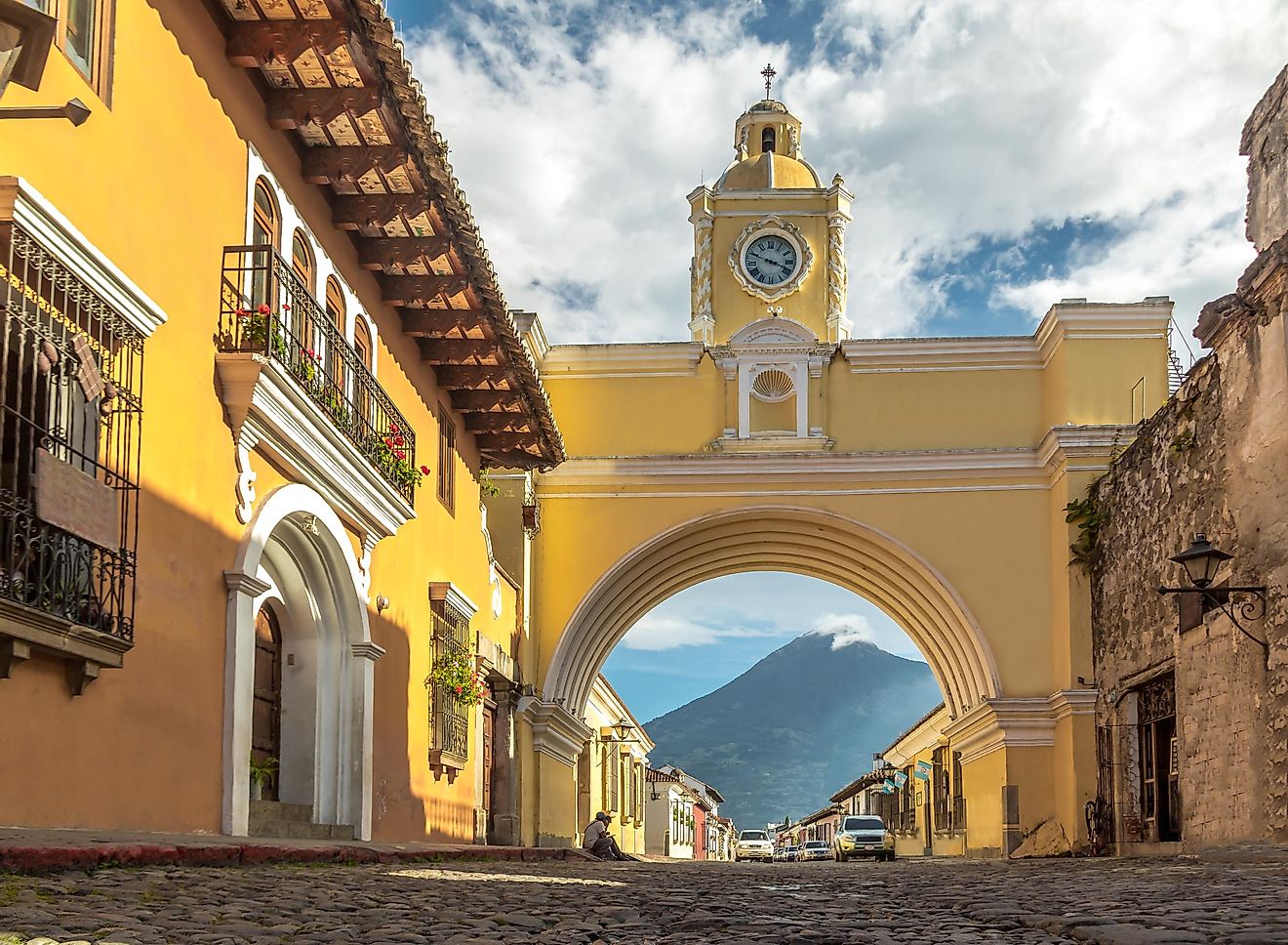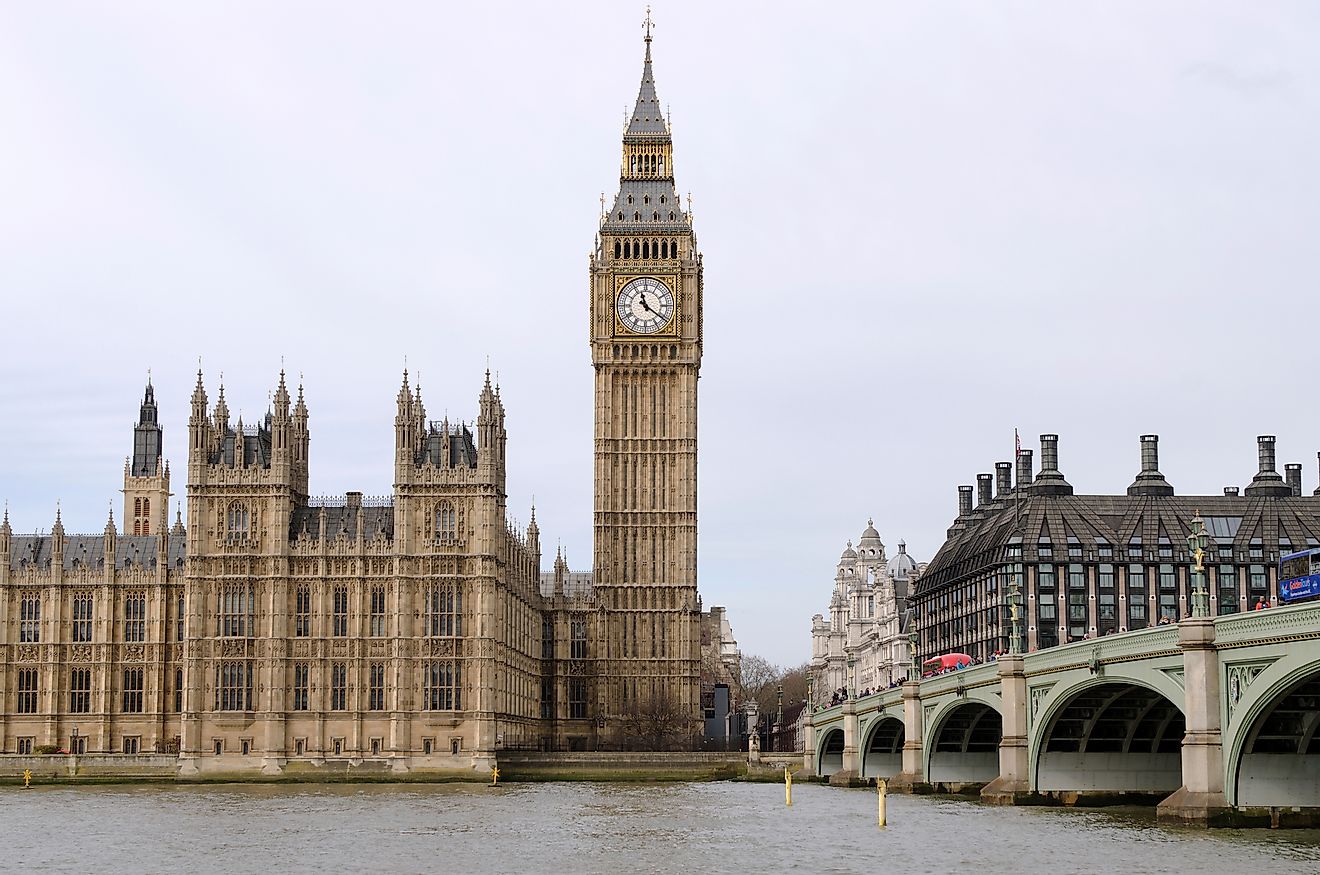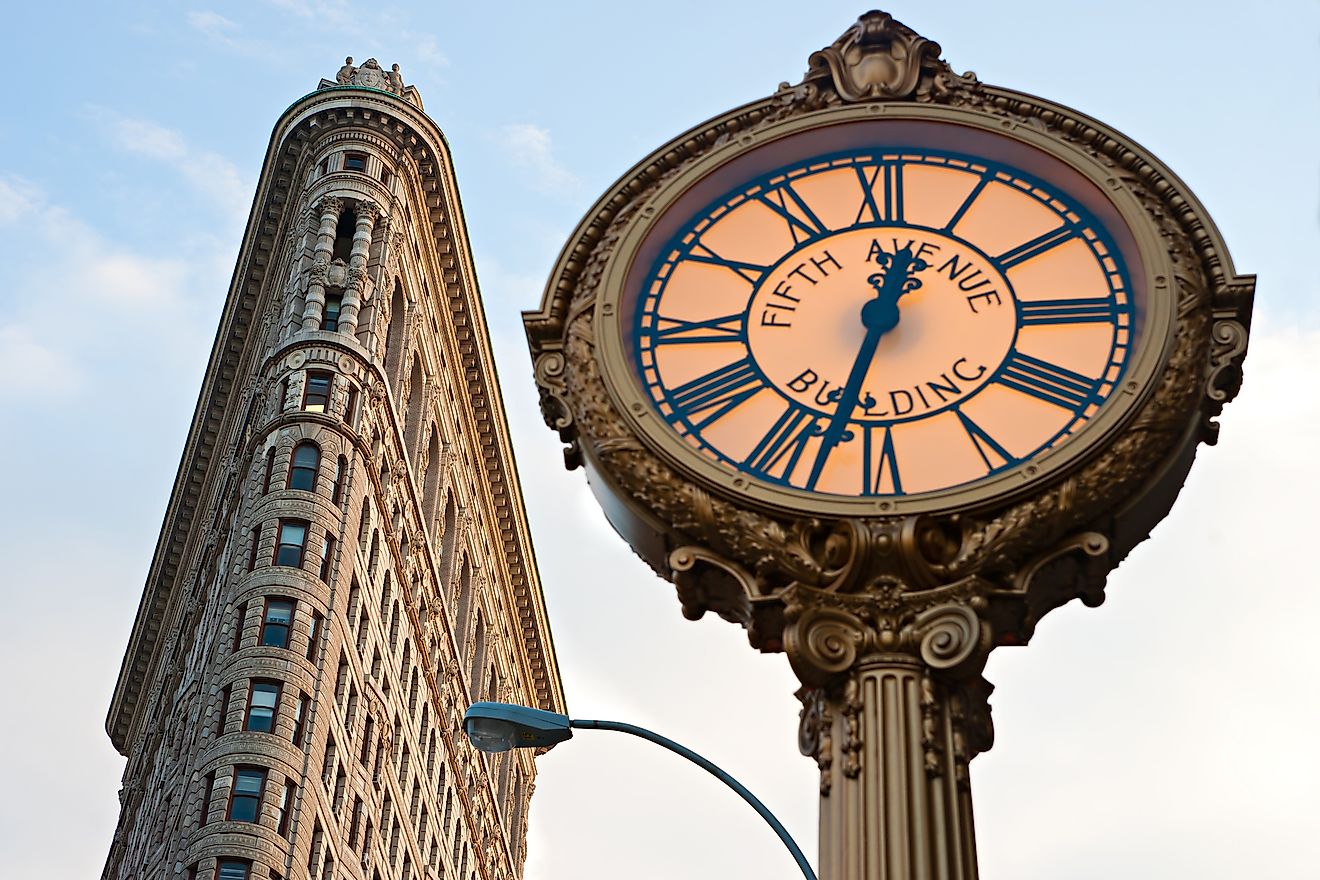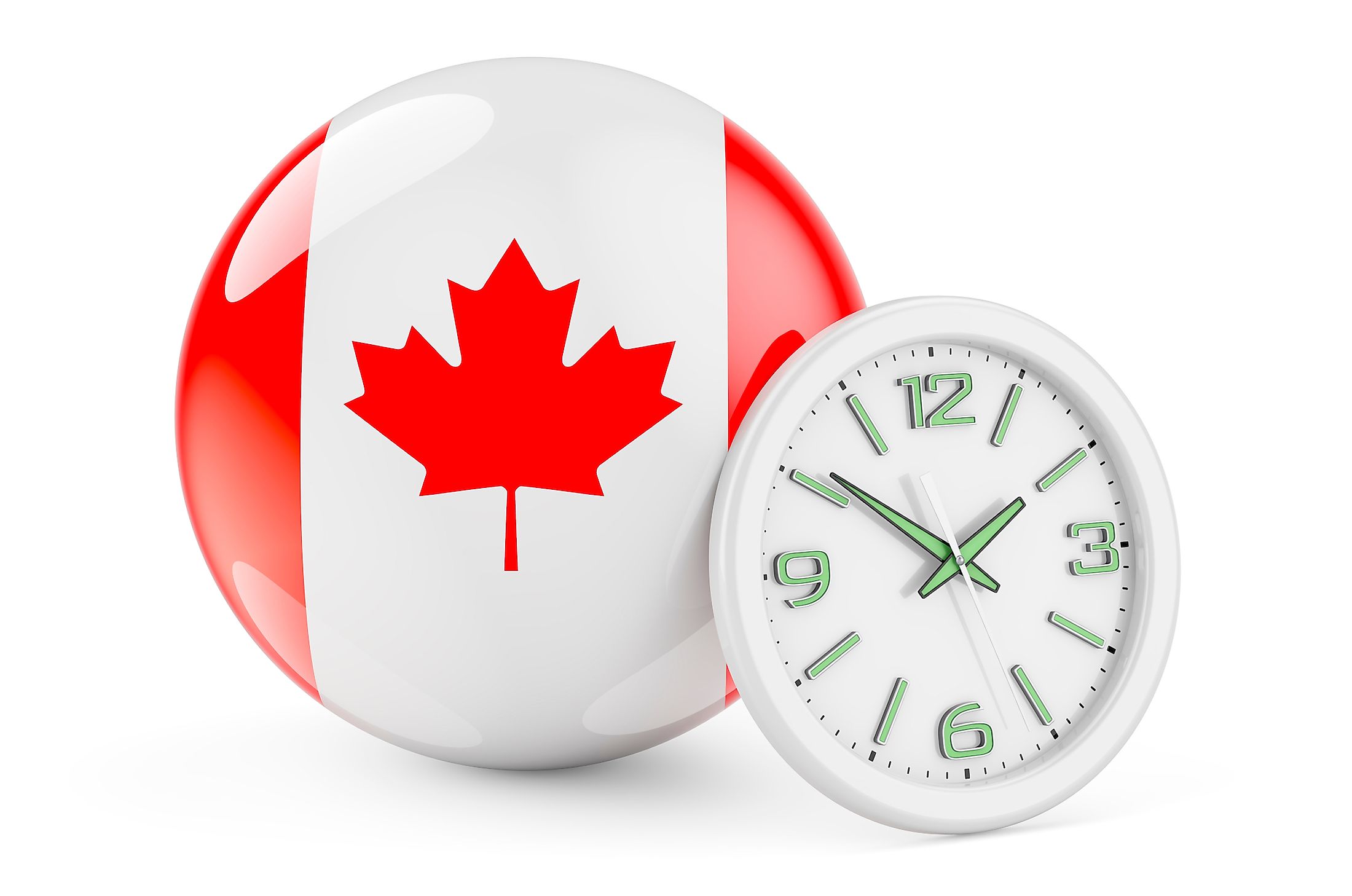
Time Zones In Canada
With an area of 9,984,670 km2, Canada is the world’s second-largest country and the largest nation in the entire Western Hemisphere. Canada occupies approximately two-fifths of the North American Continent and is bordered by 12 US states in the south and by the non-contiguous US State of Alaska in the northwest. It is also bounded by the Arctic, Pacific, and Atlantic Oceans.
Canada observes six time zones, having an offset range of UTC-7 to UTC-2:30. Starting from the first Sunday in November to the second Sunday in March, these time zones are known as the “standard time zones.” The six Canadian time zones are Pacific Time (UTC-8/UTC-7), Mountain Time (UTC-7/UTC-6), Central Time (UTC-6/UTC-5), Eastern Time (UTC-5/UTC-4), Atlantic Time (UTC-4/UTC-3) and Newfoundland Time (UTC-3:30/UTC-2:30). Similarly, from the second Sunday in March to the first Sunday in November, major parts of Canada follow Daylight Saving Time. During this period, the six standard time zones correspond with the six Daylight Saving Time Zones.
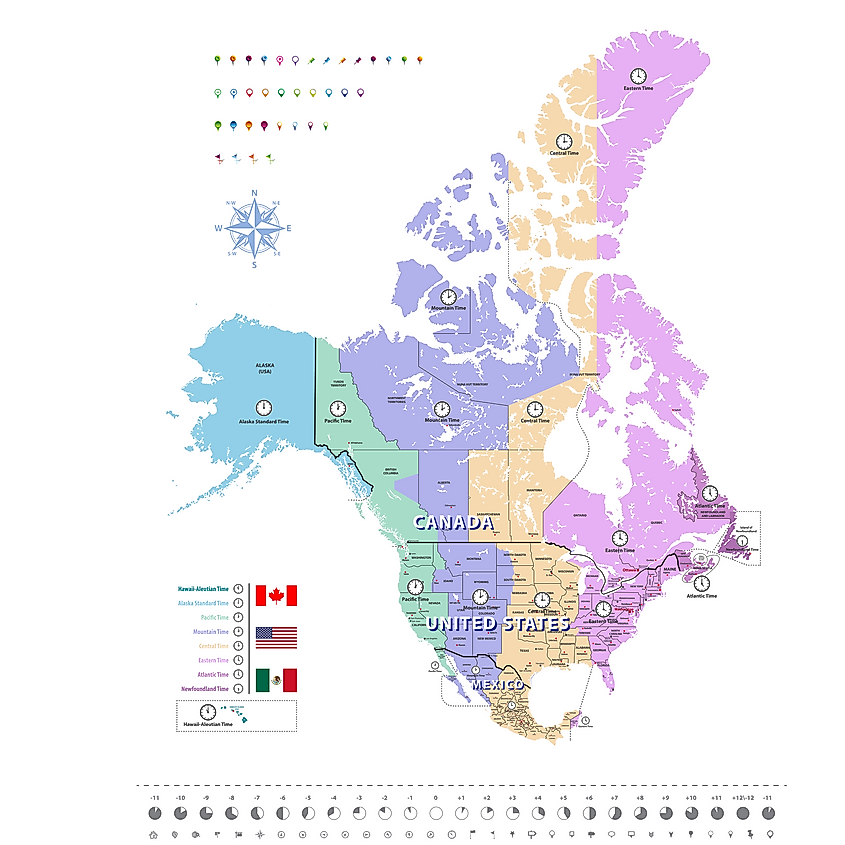
Pacific Time Zone
The Pacific Time Zone refers to a time zone where a standard time is observed by subtracting 8 hours from the Coordinated Universal Time (UTC) or the Greenwich Mean Time (GMT). Likewise, the Pacific Standard Time is observed during the winter months while Pacific Daylight Time is observed during the summer months. During Daylight Saving Time, Pacific Time’s offset is UTC-7.
Mountain Time Zone
The Mountain Time Zone refers to a time zone where a standard time is observed by subtracting 7 hours from the Coordinated Universal Time (UTC). The Mountain Standard Time is observed during the winter months whereas the Mountain Daylight Time is observed during the summer, autumn, and spring months. During Daylight Saving Time, Mountain Time’s offset is UTC-6. This time zone has been named after the Rocky Mountains, which stretch from the northwestern part of Canada to the US State of New Mexico, and are entirely located within this time zone.
Central Time Zone
The Central Time Zone refers to a time zone where a standard time is observed by subtracting 6 hours from the Coordinated Universal Time (UTC). The Central Standard Time is observed during the winter months whereas the Central Daylight Time is observed during the summer, autumn, and spring months. During Daylight Saving Time, the Central Time’s offset is UTC-5.
Some areas in Canada do not follow Daylight Saving Time. These areas include the Canadian territory of Yukon; major parts of the Canadian province of Saskatchewan; some areas in the province of Quebec that are located to the east of the 63° westerly longitude; some areas in the province of British Columbia; and the Southampton Islands. These areas follow the Central Standard Time throughout the year.
Eastern Time Zone
The Eastern Time Zone refers to a time zone where a standard time is observed by subtracting 5 hours from the Coordinated Universal Time (UTC). The Eastern Standard Time is observed during the winter months whereas the Eastern Daylight Time is observed during the summer, autumn, and spring months. During Daylight Saving Time, the Eastern Time’s offset is UTC-4.
Atlantic Time Zone
The Atlantic Time Zone refers to a time zone where a standard time is observed by subtracting 4 hours from the Coordinated Universal Time (UTC). The Atlantic Standard Time is observed during the winter months whereas the Atlantic Daylight Time is observed during summer, autumn, and spring months. During Daylight Saving Time, Atlantic Time’s offset is UTC-3. In Canada, the provinces of Nova Scotia, New Brunswick, Prince Edward Island, and small parts of Quebec follow the Atlantic Time.
Newfoundland Time Zone
The Newfoundland Time Zone refers to a time zone where a standard time is observed by subtracting three and half hours from the Coordinated Universal Time (UTC). The Newfoundland Standard Time is observed during the winter months whereas the Newfoundland Daylight Time is observed during the summer, autumn, and spring months. During Daylight Saving Time, the Newfoundland Time’s offset is UTC-2:30. In Canada, Newfound Standard Time is observed in Newfoundland Island and the southeastern part of Labrador. The remaining part of Labrador follows the Atlantic Time.
